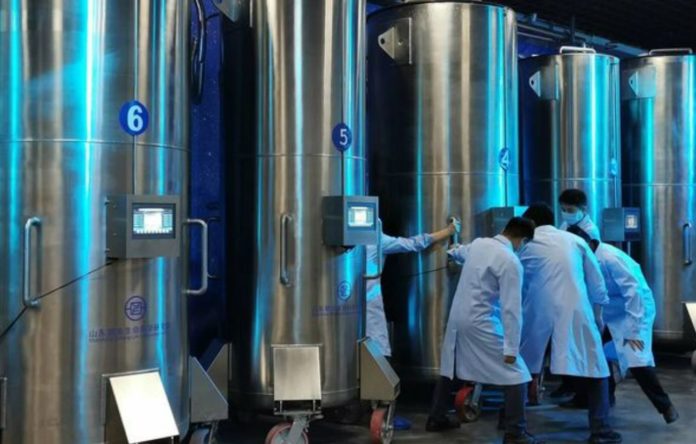Scientists have found a new cryogenization technique with which they have managed to make human heart tissues beat again after being at sub-zero temperatures for three days
The researchers at the University of California Berkeley have succeeded in making heart tissue samples beat again after being subjected to freezing temperatures for up to three days. This technique is still far from the supposed dream of Walt Disney – who according to an urban legend had his body cyogenized in the hope that science can revive it – but it opens the door to the prolonged preservation of organs for transplantation and to help extend the life of his receivers.
Thanks to a process called isochoric freezing – which was first developed in 2005 by the same team at the University of Berkeley – researchers have been able to prevent the formation of ice crystals in heart tissue and keep it in good shape when defrosting.
The isochoric freezing is to retain tissue in a rigid and airtight container that is filled with a liquid. In conventional isobaric freezing, the tissues are exposed to air and frozen at temperatures below 0ºC. In isochoric freezing, although the container reaches a temperature below zero, its interior does not freeze completely.
The outermost part begins to form ice and grow in volume generating hydrostatic pressure inside until the system reaches a new thermodynamic equilibrium. In this way, two phases are produced within the chamber, a solid one in the outer layer and a liquid one in the interior, which is where the tissues remain submerged.
The team has published their results in the journal Communications Biology. In this study, they comment, there is evidence that this tissue cryopreservation technique works.
“To our knowledge, this is the first-ever report of the supercooling and revival of an autonomously beating, engineered human cardiac muscle,” says Matt Powell-Palm, one of the study’s authors.
The experiment
For this study, the researchers used heart tissue grown in the laboratory from adult stem cells. This heart tissue, they say, beats at a rate comparable to that of a human heart, and the microfluidic channels of the system reproduce the way cells receive nutrients and drugs.
The researchers immersed the heart tissue samples in rigid containers filled with a solution commonly used in organ preservation that had been cooled to -3 ° C. They were then removed from the solution after periods of 24, 48 or 72 hours and placed at a temperature of 37 ºC.
They found that after isochoric freezing, the structure of the heart tissue had not been altered, nor had the frequency of the heartbeat or its shape been significantly affected. They also found that spontaneous beating resumed in 65% to 80% of the tissues studied and that the duration of freezing did not change the results.
“We consider these percentages relatively high for preservation recovery results, especially considering the intrinsic variability in these heart-on-a-chip platforms and the fact that no cryoprotectants were used,” says Powell-Palm.
The researchers also found that after coming out of the freeze, the heart tissue continued to respond to isoproterenol, a drug that causes an increase in heart rate.
And now?
The team assures that the viability of a donated heart is measured in hours and that this greatly limits the number of potential recipients who could benefit from a transplant. The researchers cited estimates that seven out of 10 thoracic donor organs are discarded each year due to the inability to keep them long enough to reach patients who need them.
This method, according to them, can serve to preserve donor tissues and organs for longer , a huge challenge in the field of transplantation and medical research.
“Currently, patients in Florida cannot receive a heart or lung from California because the organ would not survive the cross-country trip,” says Powell-Palm.
But for that, they need to keep working and replicate these results in whole organs.
“TThe technology used to cool the tissue is sound and robust, but we now need to develop techniques to warm things up consistently,” the team comments.
“That was easier with the mini heart muscles we used for this study. Working on whole organs will require more work.”
This same research team has recently collaborated with scientists from the US Department of Agriculture on a project that shows that isochoric freezing is also a method that can revolutionize the food industry. According to their studies, this freezing system uses less light, is safer and better preserves the properties of the food.
You were reading: Now we’re closer to freezing and resurrecting the next Walt Disney
